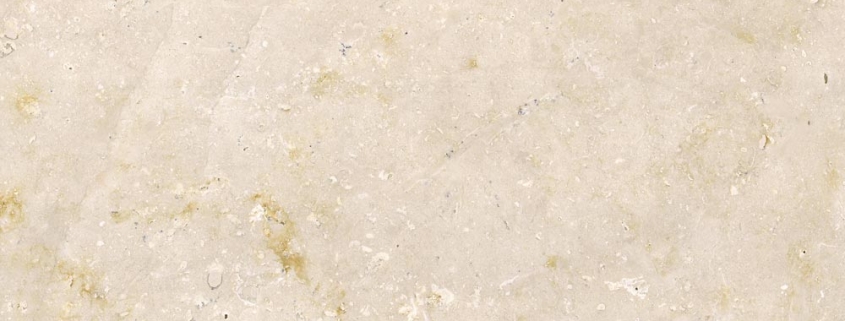Tramite Stone
Tramite stones are sedimentary stones that are composed of clay and sand. Tramite stone has not been under high pressure and temperature when it formed, and for this reason the amount of lime in this stone is high.
Differences between Tramite and Traonyx stones
Architects, builders and people who are active in stone industry are familiar with the names of Tramite and Traonyx stones, but sometimes some people consider them to be as the same of each other, when these two types are completely different stones.
Tramite is made of the combination of travertine and marble stones, but Traonyx is the result of the combination of onyx and travertine stones. This type of stone has been given the name Tramite due to the similarity to the two types of marble and travertine, and it can be said that tramite is actually a combination of marble and a larger percentage of travertine stones.
Characteristics of Tramite stone
Tramite stone, like all the other stones, has different characteristics. Furthermore, by mentioning the characteristics of this stone, we want to learn more about the advantages and disadvantages of it. Tramite is usually available in the market with a light background of white and cream colors. This stone has attracted many building designers and builders due to its clear background and its similarity to travertine stones. Also, having porosity has made it a light and widely used stone in the buildings, and also with its similarity to travertine stones, it can be used as them.
Applications of Tramite stone
Tramite stone is used in the construction of interior facades such as the inner walls. Besides, tramite stone is also used for the exterior and it should be noted that this stone is mostly used in geographical areas with dry weather for the exterior or facade of the buildings.
Advantages and Disadvantages of Tramite Stone
Polishing degree
Due to the presence of clay minerals, tramite stone has a weaker degree of polishing. In some types of this stone, such as Bukan and Miandoab tramite stones with their special features and white colors, they are widely used in the exterior of the buildings.
Water absorption
One of the disadvantages that can be mentioned about tramite stone, is its water absorption. And, this is all about the calcareous nature of this stone. When a stone has high water absorption, it may cause the stone to break or crack over time. This is the reason why this type of stone is not used in humid places such as bathrooms or toilets, and instead it is used for the parts of the buildings where is no humidity.
Color
In the continuation of the discussing about the advantages and disadvantages of tramite stone, the color of this stone can be discussed as one of its advantages. This stone has a uniform and bright color and design. And, the light color of this stone can brighten and beautify the interior and exterior of the buildings.









Leave a Reply
Want to join the discussion?Feel free to contribute!